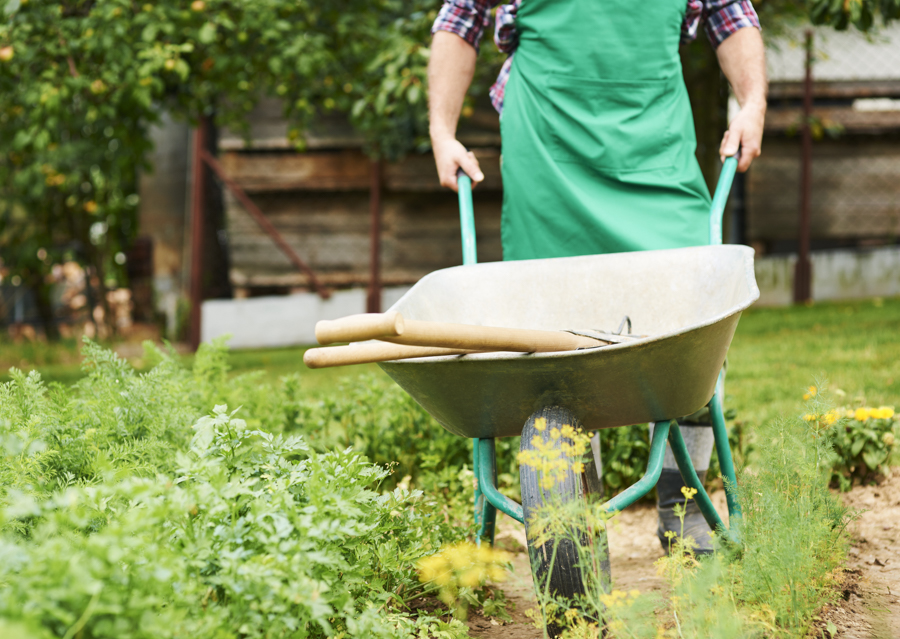November Gardening Tasks for Southern California's Inland Valleys

November is an ideal month for starting most cool season vegetable and herb plants. Here is our list of tasks:
- Start most cool-season annual vegetable-and-herb seeds for fall-and-winter harvest indoors or directly outdoors, and transplant starts outdoors; experienced gardeners growing appropriate varieties may succeed with some warm-season crops over winter in your zone such as tomatoes.
- Irrigate new garden beds, wait 10 to 21 days prior to planting to flush weed seeds, and remove or till in weed seedlings.
- In new beds or compacted soils, double-dig or loosen soil with a spading fork and remove stones and obstructions shortly before seeding new crops.
- Amend soils prior to planting by surface dressing and/or gently working in compost, organic matter, manures, and other amendments. Monitor new starts and seedlings daily to minimize plant losses during establishment.
- Seed or transplant crops successively for successive harvest, especially of crops that you eat regularly or in large quantities.
- Spot-plant in bare garden areas.
- Add organic amendments and 1 to 1 1/2 inches of fine mulch after vegetable and herb starts are 3 to 6 inches tall.
- Consider growing cover crops in dormant garden beds.
For complete, customized instructions for growing cool season vegetables and herbs in your area, go to GardenZeus and enter your zip code; then go to Plants and make your selection. After selecting a plant, see Recommended Varieties/Cultivars in the Getting Started section for each vegetable or herb and purchase seeds for fall-through-winter crops.
Other articles of interest:
Tips for Managing Fallow Garden Beds and Containers